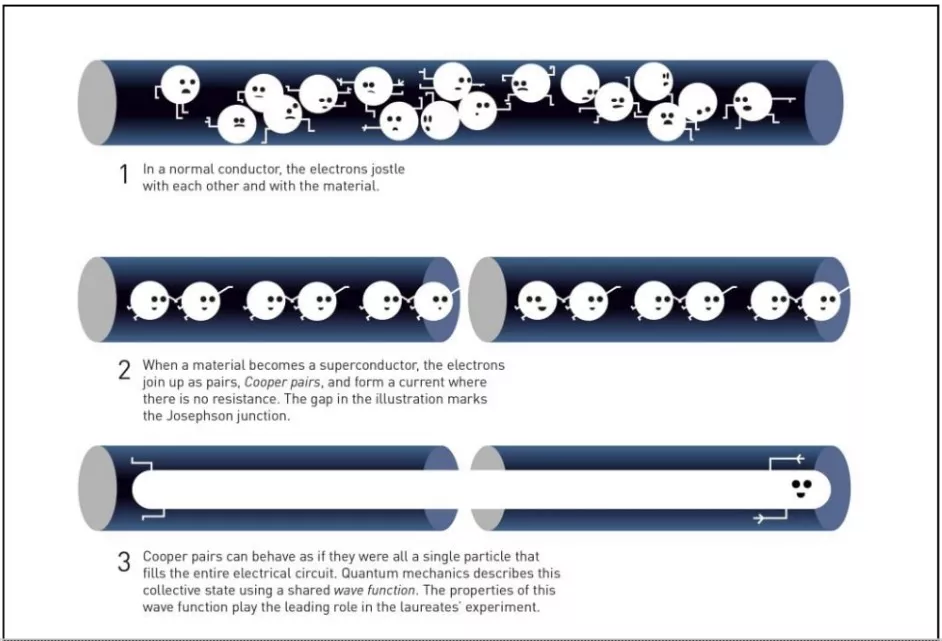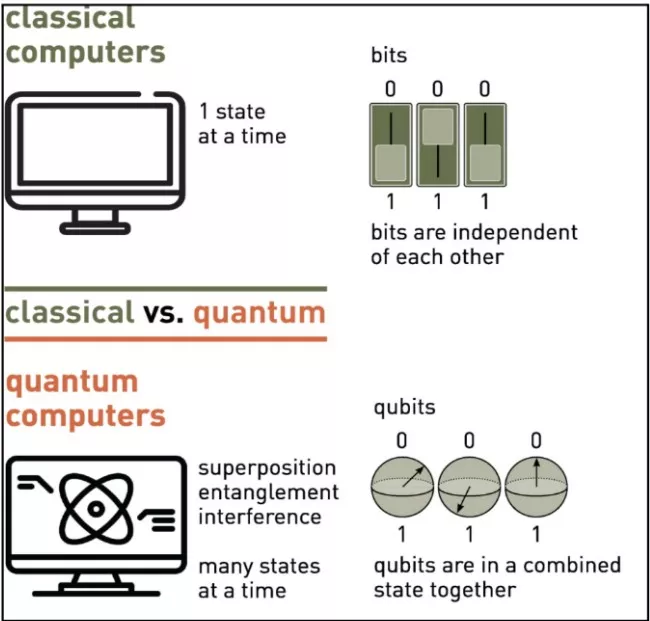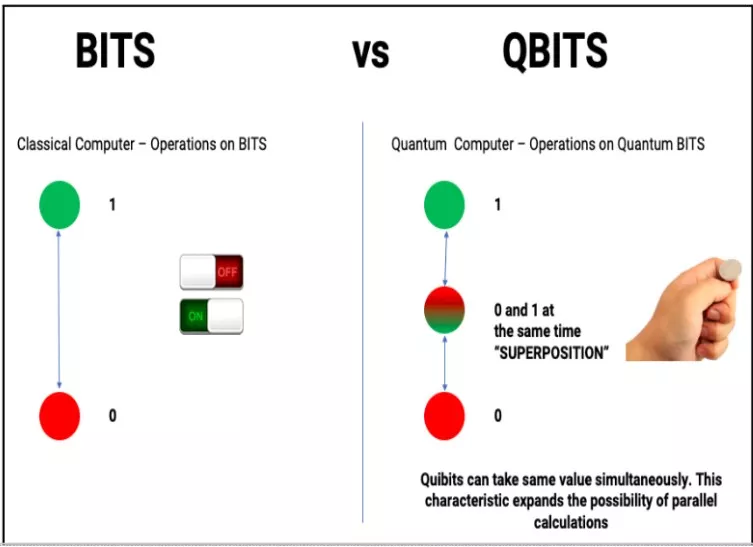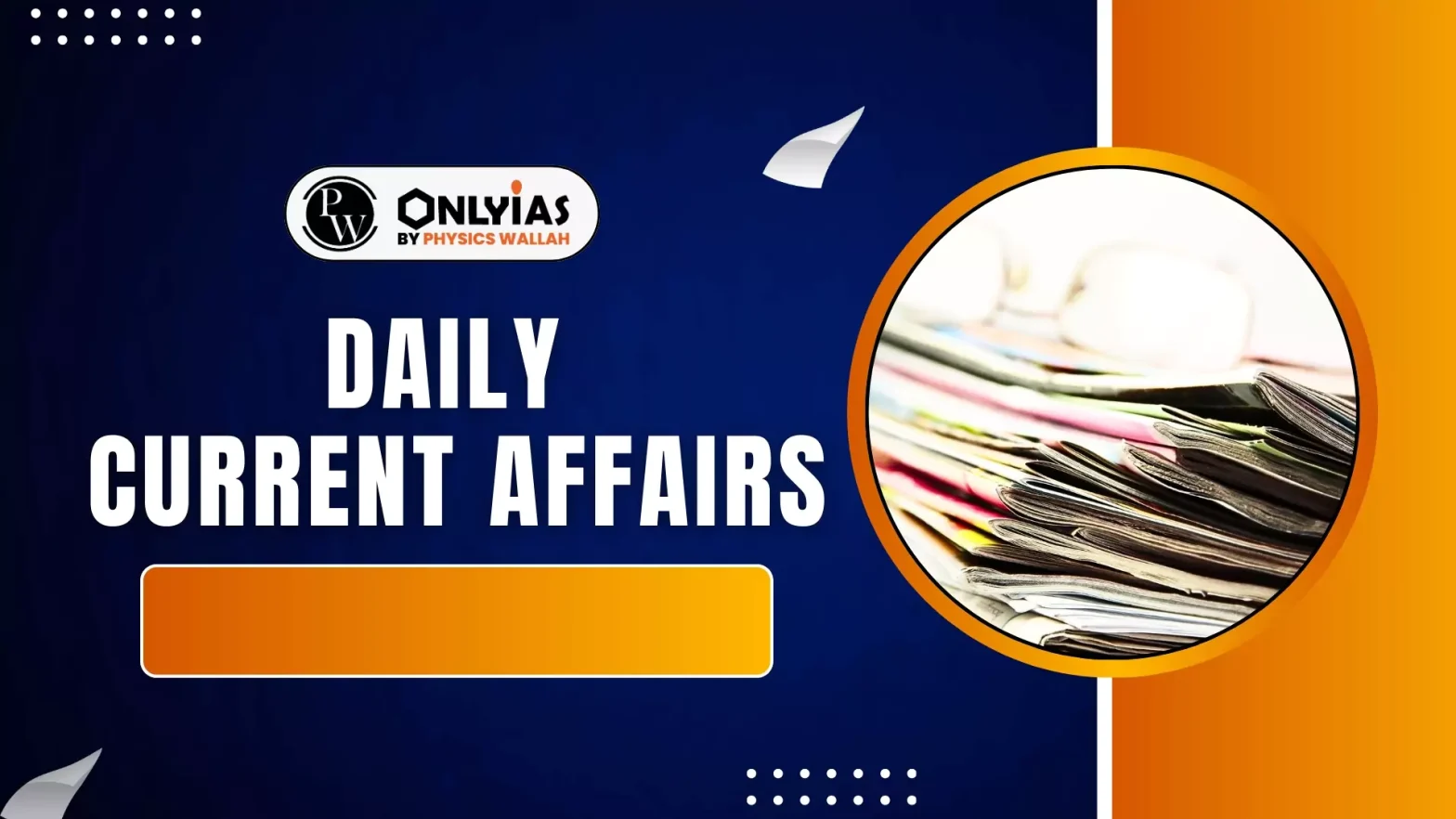Nobel Prize in Physics 2025 awarded to John Clarke, Michel Devoret, and John Martinis for demonstrating macroscopic quantum tunnelling and energy quantisation in an electric circuit.
About the Work
- The three scientists showed that it was possible even for large systems, made up of billions of small particles, to exhibit quantum behaviour under carefully controlled conditions.
Josephson’s Discovery
- Concept: Predicted that if two superconductors are separated by a thin insulating layer, electrons can quantum tunnel through the barrier even without applied voltage.
- Phenomenon: Known as the Josephson Effect, which produces a supercurrent, an electric current that flows without resistance.
- Recognition: Awarded the Nobel Prize in Physics (1973) for this theoretical prediction.
- Device: The setup became known as the Josephson Junction.
- Applications: Used in SQUIDs (Superconducting Quantum Interference Devices) and other precision instruments to detect and measure extremely small magnetic fields
|
- They took Josephson’s idea further to explore whether an entire electrical circuit, made up of billions of particles, could itself behave as a single quantum system.
- The Experiment: The trio’s groundbreaking work in the 1980s at the University of California, they built a superconducting circuit containing a Josephson Junction.
- They cooled it to cryogenic temperatures near absolute zero (0 Kelvin (K)) and isolated it completely from external interference (like heat, sound, and electromagnetic noise).
- Key experimental findings were groundbreaking:
- At these extremely low temperatures, the whole circuit (not just the electrons inside it) began to behave according to quantum laws.
- The circuit could exist only in specific, discrete energy levels, showing energy quantisation similar to that observed in atoms.
- They also observed that the circuit could “tunnel” between these energy levels without passing through the in-between states demonstrating macroscopic quantum tunnelling for the first time
Energy Quantisation
- It means that a system’s energy is restricted to specific, fixed values (energy levels) instead of being continuous.
- In classical physics, energy can change smoothly (Like sliding up or down a ramp)
- In quantum physics, energy changes in small, discrete “packets” (quanta) (Like climbing a staircase) where you can stand only on the steps, not in between.
- So when Clarke, Devoret, and Martinis observed that their entire circuit could exist only at certain energy levels and could jump between them, it proved that even a large, visible system was following quantum rules which is a hallmark of energy quantisation.
|

- Scientific Breakthrough: This was the first clear demonstration that quantum effects could exist at a macroscopic level not just within atoms or subatomic particles.
- Their results became the foundation of superconducting qubits, now central to quantum computers used by companies like Google and IBM.
What is Quantum Computing?
- Concept: Quantum computing is a new kind of computing that uses the principles of quantum mechanics to process information in ways classical computers cannot.
- Qubits vs Bits: Unlike normal computers that use bits (0 or 1), quantum computers use qubits, which can exist in multiple states at once due to superposition.
 Advantage: Because qubits can represent many possibilities simultaneously, quantum computers can solve problems exponentially faster which is useful in areas where classical computing hits limits.
Advantage: Because qubits can represent many possibilities simultaneously, quantum computers can solve problems exponentially faster which is useful in areas where classical computing hits limits.- Applications:
- Cryptography: Secure communication and code-breaking.
- Artificial Intelligence: Faster training of algorithms.
- Climate Modelling: Accurate simulations for global forecasting.
- Healthcare: Rapid drug discovery and molecular analysis.
- India’s Effort: Under the National Quantum Mission (2023–2031), India aims to build indigenous quantum computers, communication networks, and sensors.
About Quantum Mechanics
Quantum mechanics is the branch of physics that describes how matter and energy behave at the atomic and subatomic scales, where quantities (like energy) become discrete, particles act as waves, and processes are governed by probabilities rather than certainties.
Key Principles of Quantum Mechanics

- Superposition: Multiple Realities at Once
- In quantum mechanics, particles can exist in multiple states simultaneously until observed.
- A qubit can therefore be both 0 and 1 at the same time enabling vast parallel computation.
- Analogy: A spinning coin is both heads and tails until it lands.
- Quantum Tunnelling: Passing Through Barriers
- In the quantum world, particles can cross barriers even when they lack the energy to climb over them.
- This happens because quantum particles act like probability waves that can leak through obstacles.
- Real-World Examples:
- Sun’s Energy: Fusion inside the Sun relies on tunnelling of protons.
- Electronics: Used in tunnel diodes and flash memories.
- Quantum Circuits: Electrons in Josephson junctions tunnel through barriers, forming the basis of superconducting qubits.
- This principle is exactly what the 2025 Nobel-winning scientists demonstrated on a macroscopic scale.

- Quantum Entanglement: Connected Across Distances
- When two particles become entangled, changing one instantly affects the other, even if they’re far apart.
- This principle allows quantum communication and data transfer faster than traditional methods.
- Quantum Interference: Waves Colliding for Answers
- Quantum particles behave like waves, and when they overlap, they can reinforce or cancel each other.
- This interference helps quantum computers filter out wrong solutions and strengthen correct ones, making calculations more efficient.
![]() 8 Oct 2025
8 Oct 2025


 Advantage: Because qubits can represent many possibilities simultaneously, quantum computers can solve problems exponentially faster which is useful in areas where classical computing hits limits.
Advantage: Because qubits can represent many possibilities simultaneously, quantum computers can solve problems exponentially faster which is useful in areas where classical computing hits limits.


